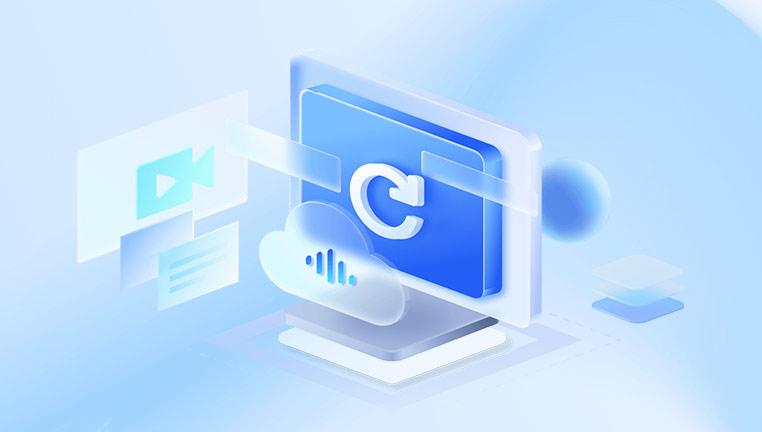Losing important photos from your iPhone can be distressing, especially when they are permanently deleted. Fortunately, there are free software tools available that can assist in recovering these photos.
1. Understanding iPhone Photo Deletion
When you delete a photo from your iPhone, it typically moves to the "Recently Deleted" folder where it remains for 30 days before being permanently deleted. If the photo has passed this grace period, it’s crucial to act quickly and use recovery software to attempt retrieval.
2. Checking Built-in Options First
Before diving into third-party software, ensure you've checked these built-in options:
iCloud Photos: If you have iCloud Photos enabled, check the iCloud website or your iCloud storage. Deleted photos might be recoverable from the iCloud backup.
iTunes Backup: If you regularly back up your iPhone using iTunes, you may be able to restore deleted photos from a backup. Note that restoring from a backup will replace your current data.

3. Using Free Data Recovery Software
Several free data recovery software options are available for iPhone users. Here’s a step-by-step guide to using them:
A. Disk Drill
Disk Drill offers a free version for data recovery on iOS devices. It’s known for its user-friendly interface and effective recovery capabilities.
Download and Install: Download Disk Drill from its official website and install it on your computer (available for both Windows and macOS).
Connect Your iPhone: Use a USB cable to connect your iPhone to the computer.
Launch Disk Drill: Open Disk Drill and select your iPhone from the list of available devices.
Scan for Deleted Photos: Click on “Recover” and select “Photos” to scan for deleted images. Disk Drill will begin scanning your device for recoverable photos.
Preview and Recover: Once the scan is complete, preview the found photos and select the ones you wish to recover. Click “Recover” to save them to your computer.
B. EaseUS MobiSaver
EaseUS MobiSaver is another popular free tool that can help in recovering deleted photos from your iPhone.
Download and Install: Download EaseUS MobiSaver from its official site and install it.
Connect Your iPhone: Connect your iPhone to your computer via USB.
Open EaseUS MobiSaver: Launch the software and select your iPhone from the connected devices.
Start Scanning: Click on “Scan” to start the process. The software will search for deleted files on your device.
Select and Recover: After the scan, view the list of recoverable photos, select the ones you need, and click “Recover” to save them.
C. Dr.Fone - Data Recovery (iOS)
Dr.Fone - Data Recovery (iOS) offers a free trial version that allows for the recovery of deleted photos.
Download and Install: Get Dr.Fone from its official website and install it on your computer.
Connect Your iPhone: Connect your iPhone to the computer using a USB cable.
Run Dr.Fone: Open the software and select the “Data Recovery” option.
Choose Photo Recovery: Select “Photos” from the data types to recover and click on “Next.”
Scan and Recover: Dr.Fone will scan your device for deleted photos. After scanning, preview and select the photos you want to recover and click “Recover.”
4. Tips for Successful Photo Recovery
Act Quickly: The sooner you use recovery software after deletion, the higher the chances of retrieving your photos.
Avoid Overwriting: Minimize the use of your iPhone to prevent new data from overwriting the deleted photos.
Backup Regularly: To prevent future data loss, ensure you regularly back up your iPhone using iCloud or iTunes.
While permanently deleting photos from your iPhone can be worrying, free software tools provide a valuable option for attempting recovery. By using tools like Disk Drill, EaseUS MobiSaver, or Dr.Fone, you can increase your chances of recovering lost photos. Remember to act quickly and utilize built-in options before relying solely on third-party software.




